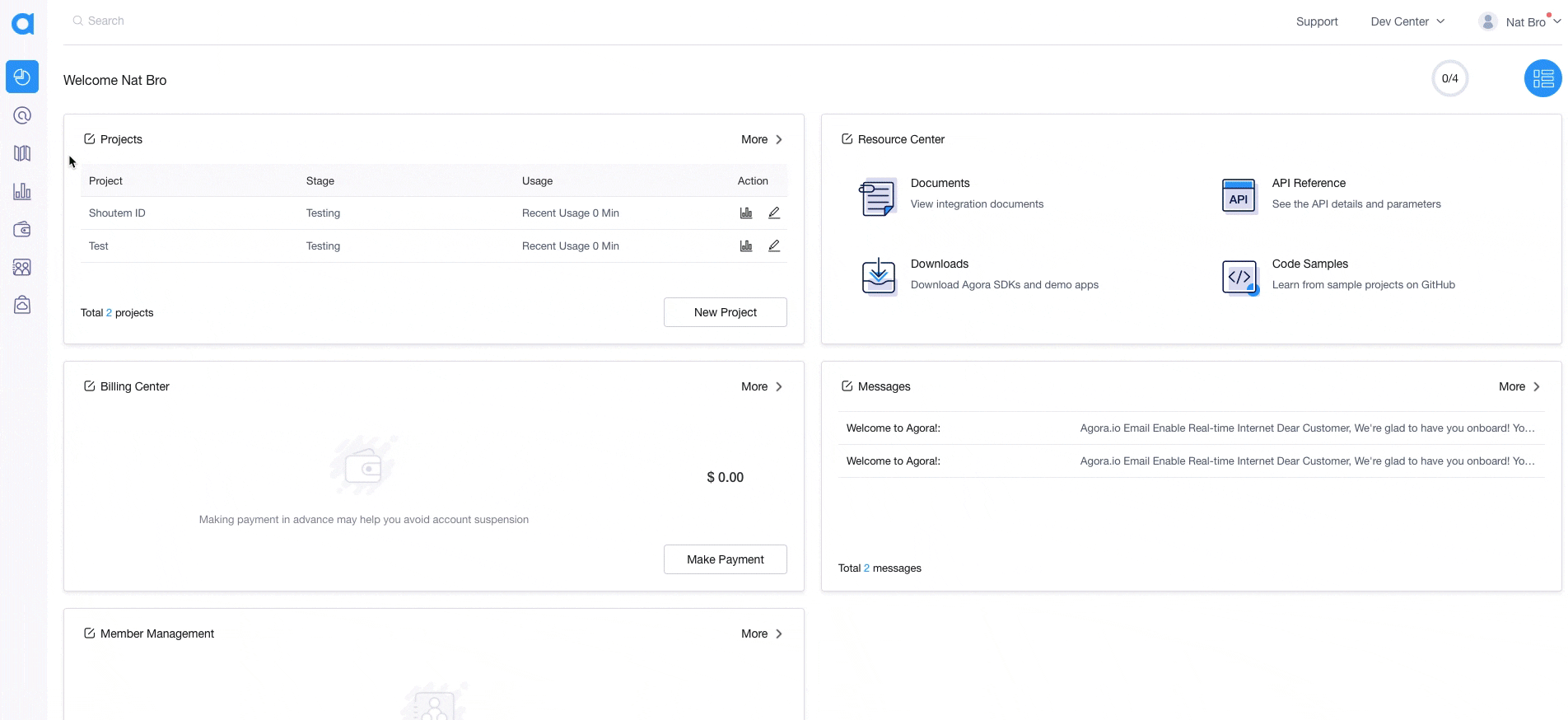Video calls are the best way to stay in touch, which is why you are now able to add this feature to your app and make one-on-one live video call communication possible for your users.
We are using Agora SDK to make video calls possible so before you get into it, you’ll need to create Agora account. The first 10,000 minutes are completely free – in case you would exceed this amount of minutes, you will be charged $3.99/1,000 min (Video HD) or $14.99/1,000 min (Video HD+).
You can generate App ID, which is need for the configuration in the builder, by navigating to Agora Console → Project Management → Create.

NOTE: Make sure that APP ID is chosen as ID Authentication because otherwise, your video calls won’t work.
To make your project live, click the pen button to edit the stage and save your changes.

Copy and save the App ID and navigate back to the builder.
To install Agora extension, go to Extensions → search Agora in Extension marketplace → once you find it, click Install.

This feature doesn’t have a screen that you can add to your app, but it needs to be configured in Settings → Agora Video Calls. Here you should paste the App ID that you have generated in the Agora dashboard.

Once that is done, you are all set to make video calls. Here’s how it works:
- Log into your app or create an account.
- Navigate to Members screen.
- Select a user with whom you’d like to have a video call and press a green call button to start a call.
- Click the green call button to call the selected user. (You have to log in at least one time in order to be able to have a video call once the app is installed.)

The conversation will start once the user on the other end joins the video call room by following the mentioned steps.
Want us to create an app with a video call feature for you? Schedule a call here and get your app published in just 10 days!
